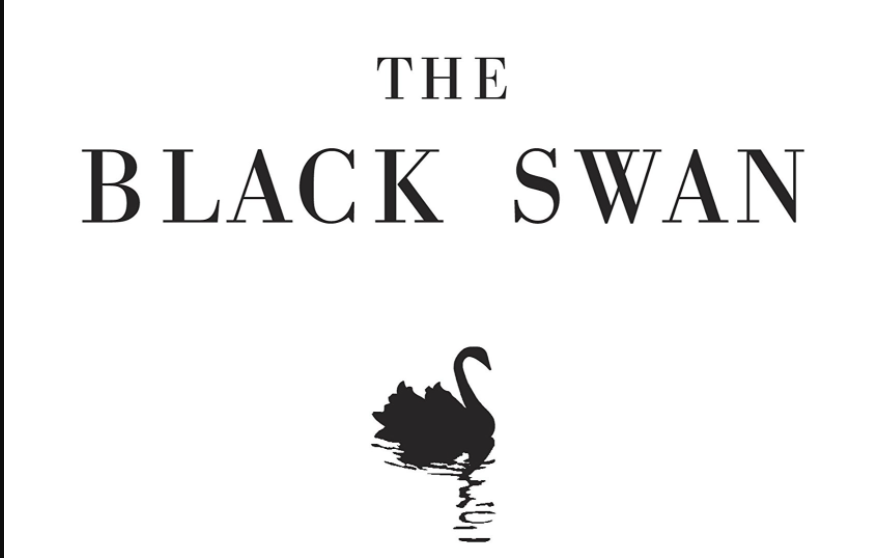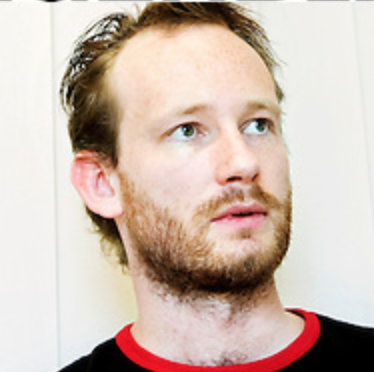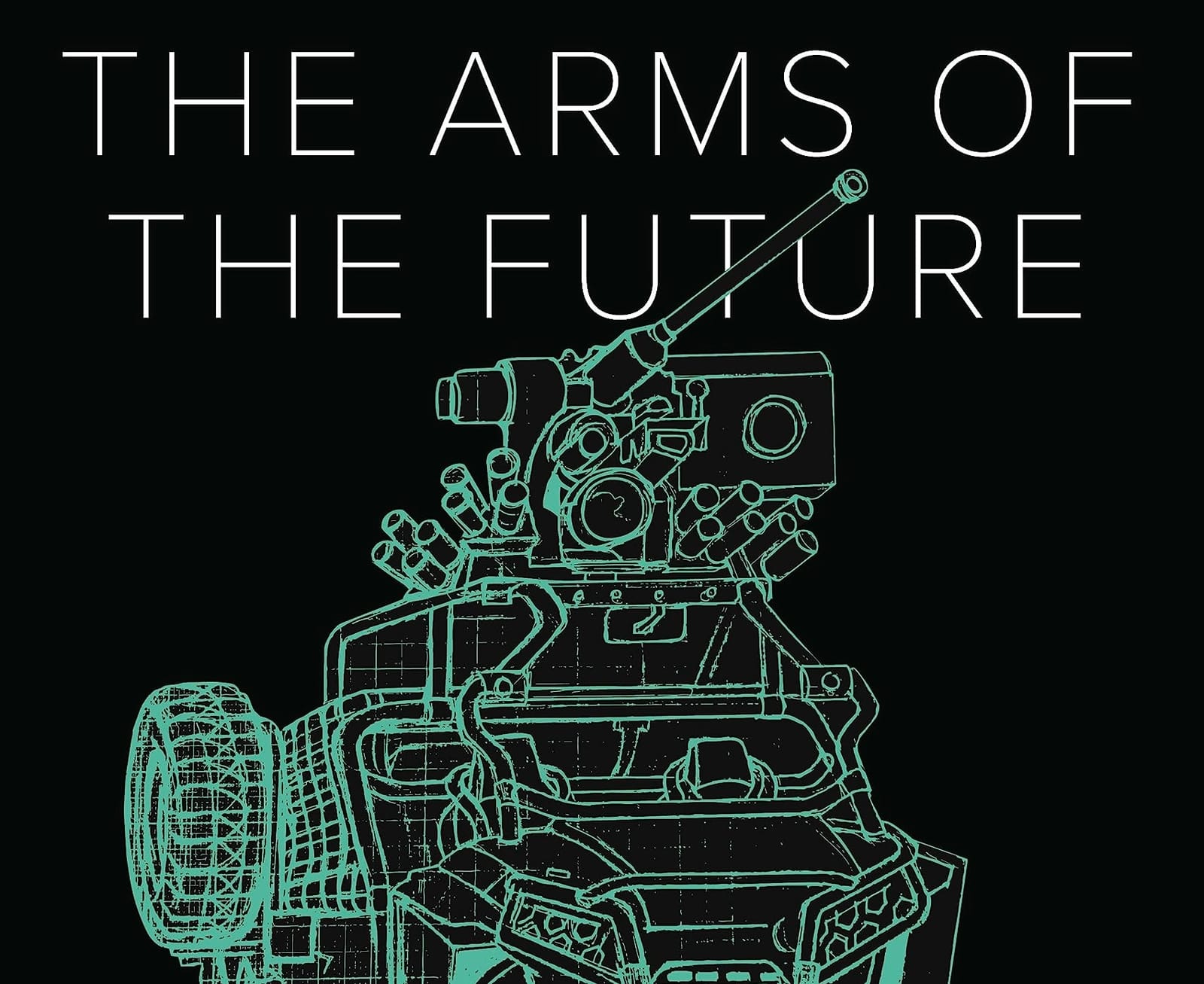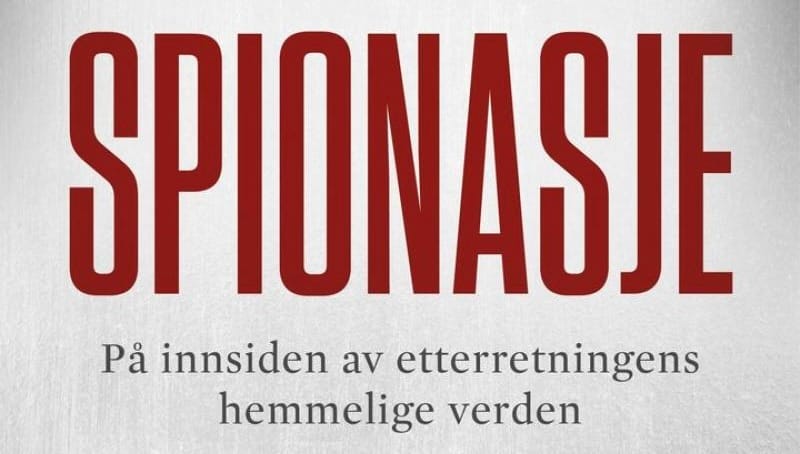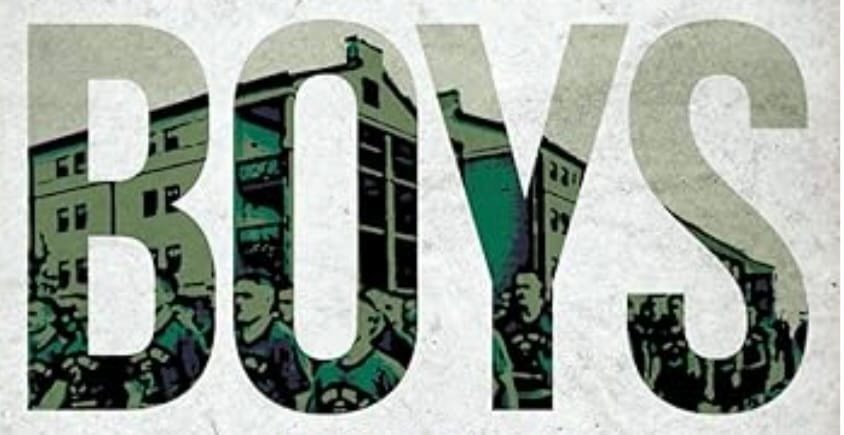“Science is about not being a sucker” (Taleb 2010, p.268).
This rather frisk statement could stand as a motto describing both the style as well as the content of the whole book “The Black Swan”, which was originally published in 2007, and re-published with a new extensive post-script in 2010. However, many other outstanding quotes could be drawn from this book, which as a whole is permeated with Taleb’s sardonic wit, making highly complex matters rather entertaining. As the title suggests, “The Black Swan” attempts to explain why we always seem to be unprepared for the improbable. And just as Taleb’s own wide range of interests suggest – he is in every respect a renaissance man covering topics from philosophy via trading to statistics – this book is a sheer delight in multi-disciplinary analysis. A quick internet search will show that “The Black Swan” seems to be widely influential, but when looking at current state of the world, it seems clear that his views may not have not been fully appreciated. This review will attempt to rectify this, as Taleb offers a great deal to the reader which has the stamina and interest to endulge in all 378 pages.
In many ways, Taleb is on a mission. He will attempt to help you (the reader) to avoid being a turkey. Now what does this mean? Taleb uses the story of the turkey which is being fed every day until it suddenly is decapitated before Thanksgiving as an example of the inadequacy of how people usually predict.[1] The turkey in Taleb’s story is being fed every day and is rather happy and content. However, “(o)n the afternoon of the Wednesday before Thanksgiving, something unexpected will happen to the turkey.” (Taleb 201, p 40). And this rather entertaining example is the start of a rather mind-bending exercise leading far into how the human mind works and how one could attempt not to be fooled by one-self. The turkey example is an allegory to the problem you can get yourself into if you “subsequently derive solely from past data a few conclusions concerning the properties of the pattern for the next thousand, even five thousand, days. (Taleb 2010, p.41) And if the turkey example seems a bit light-hearted, Taleb finds a large number of examples that highlight that the world-view of the turkey is rather widespread and can lead to people being completely unprepared for improbable events, such as the outbreak of World War I, the sinking of the Titanic or the stock market crash in 1987. At the time of writing, the Covid-19 pandemic and it’s ensuing global economic challenges is a current and timely example.
How to deal with the improbable, then? Taleb offers some very good (and entertaining) advice in his book. One of his main favourite enemies in the cognitive domain is the Bell curve (often known as the Gauss curve). Taleb calles the Bell curve “That Great Intellectual Fraud” (Taleb 2010, p. 229). Taleb is actually so anti-Bell curve that he even has given it its own acronym, the GIF.
In order to understand Taleb’s problem with the Bell curve, one has to understand two empirical categories which Taleb establishes rather early in his book, namely the division into two utopian provinces, Mediocristanand Extremistan. (Taleb 2010, p32-33) These two provinces serve as a pedagogical platform, which enables the readers to understand Taleb’s project more clearly: Most of our statistical understanding and comprehension is today based in Mediocristan.
Mediocristan is where things are scalable, where the law of big numbers applies and you would actually get a Bell curve. Taleb uses the example of people’s height as an example. If you round up thousand random people and measure their weight, even adding an extremely heavy person will not alter the average much, as his contribution will be only a fraction. Taleb sums this up in the following way: “When your sample is large , no single instance will significantly change the aggregate or the total. The largest observation will remain impressive, but eventually insignificant, to the sum.” (Taleb 2010, p.32.
In Extremistan, however, things are different – if you take the same thousand random people above and calculate their net worth, you will also get an average value. Then add Bill Gates. He would probably account for more 99,9 percent of the net worth of the thousand-and-one people. Standard deviation will not apply anymore. Taleb sums this up in the following way: “In Extremistan, inequalities are such that one single observation can disproportionately impact the aggregate, or the total. (Taleb 2010, p-33)
Taleb uses several examples throughout the book to explain the pitfalls associated with today’s society obsession with the Bell curve and the concept of standard deviation. And he refers the obsession with the Bell curve to how people not only tend to see but also want to see the world: “The Ubiquity of the Gaussian is not a property of the world, but a problem in our minds, stemming from the way we look at it.” (Taleb 2010, p.251)[2]
But the world Taleb describes – the world we live in - is not Mediocristan where all numbers add neatly up in a Bell curve. However, experts seem to thrive in Mediocristan. And this seems to drive Taleb mad. Almost throughout the whole book, Taleb lashes out against a great number of professions, and he makes some very pointed observations concerning the pitfalls of self-delusion, and how especially experts in certain fields tend to fall into these time and time again: “The problem with experts is that they do not know what they do not know” (Taleb 2010, p. 147). Adding to this is, according to Taleb, how use of technology tends to further aggravate the problem – while the art of project and predict future trends used to be a vague and tedious process, with the spreadsheet all doubts seem to evaporate: ”Once on a page or on a computer screen, or, worse, in a Power Point presentation, the projection takes on a life of its own, losing its vagueness and abstraction and becoming what philosophers call reified, invested with concreteness” (Taleb 2010, p. 158). In short, self-doubt disappeared with the spreadsheet.
And it is telling that one area where Power Points and Excel spreadsheets seem to define thoughts and analysis is within economics. Just think of the economic projections presented to you by your financial advisor in your bank. It should therefore not come as surprise that the so-called conservative economists (and the ones following their investment advice) often are utterly unprepared for Black Swan, i.e., un-foreseen events, as these have a tendency to happen outside of the spreadsheet. Taleb takes this train of thought one step further and distinguishes between fields where there actually are experts, and where not. Unsurprisingly, economist fall into the latter. In Taleb’s own words: “Experts who tend to be…not experts: stockbrokers, clinical psychologists, psychiatrists, college admission officers, court judges, councillors, personnel selectors, intelligence analysts (the CIA’s record, in spite of its costs, is pitiful) (…) I would add these results from my own examination of the literature: economists, financial forecasters, finance professors, political scientists, “risk experts” (…) (Taleb 2010, p.147)
But Taleb makes room for some constructive advice in his book as well. Remember that the Wednesday before Thanksgiving might be a Black Swan for the turkey, but it is not for the butcher. The point is how to avoid being the turkey. In Taleb’s words, first and foremost you must accept the fact that randomness is a large factor in life, both personal and on a societal scale. He makes some interesting points concerning wars, which he identifies as good examples of the statistically-induced wishful thinking – they almost always tend to last longer than anyone intended or expected. The 20 year-running NATO involvement in Afghanistan, which at the time of writing no-one seems to have any idea on how to get out of, would make a good example (although this is not in Talib’s book). But a good first step to avoid being a turkey would be if one moves away from attempting to predict anything. Getting back to wars, Taleb points out a key feature in today’s military debate: “The impulse on the part of the military is to devote resources to predicting the next problems.” (Taleb 2919, p.208). Taleb quotes two friends of his at the Department of Defense in the US, which “advocate the opposite: invest in preparedness, not in prediction” (ibid.) Why? Because, according to Taleb, attempting to predict Black Swans is much more complicated than trying to make yourself prepared for them. Since the world is assymetric, Taleb recommends that you “(…) not waste your time trying to fight forecasters, stock analysts, economists, and socials scientist, expect to play pranks on them. (Taleb 2010, p.210) Something to keep in mind when you are having your next appointment with the bank, who will attempt to sell you some over-priced funds…
Some readers might be offended of how Taleb lashes out against large groups of professions and when he strips authoritative academic figures respectlessly of their merits, sometimes in a language bordering on coarse. But it is Taleb’s witty and often sarcastic writing style which greatly adds to the books’s readability. Complex topics are explained through striking examples and punch-lines are added which will be remembered long after reading. One last example I will offer is when Taleb – yet again – strikes out against the Bell curve and it’s concept of standard deviation: “The notion of standard deviation is meaningless outside of Mediocristan. Clearly it would have been more beneficial, and certainly more entertaining, to have taken classes in the neurobiology of aesthetics or postcolonial African dance, and this is easy to see empirically” (Taleb 2010, p. 239).
How’s that for a multi-disciplinary approach to statistics!
[1]Taleb borrowed this example from one of the few philosophers he actually respects, namely Bertrand Russel. Just note that in Bertrand Russel’s example, it was a chicken. As an example of Taleb’s quirky humour: “(…) this is the enhanced North American adaptation. (Taleb 2010, p.40 footnote)
[2] Note here that Taleb uses the term “Bell curve” and Gauss curve” interchangingly.


